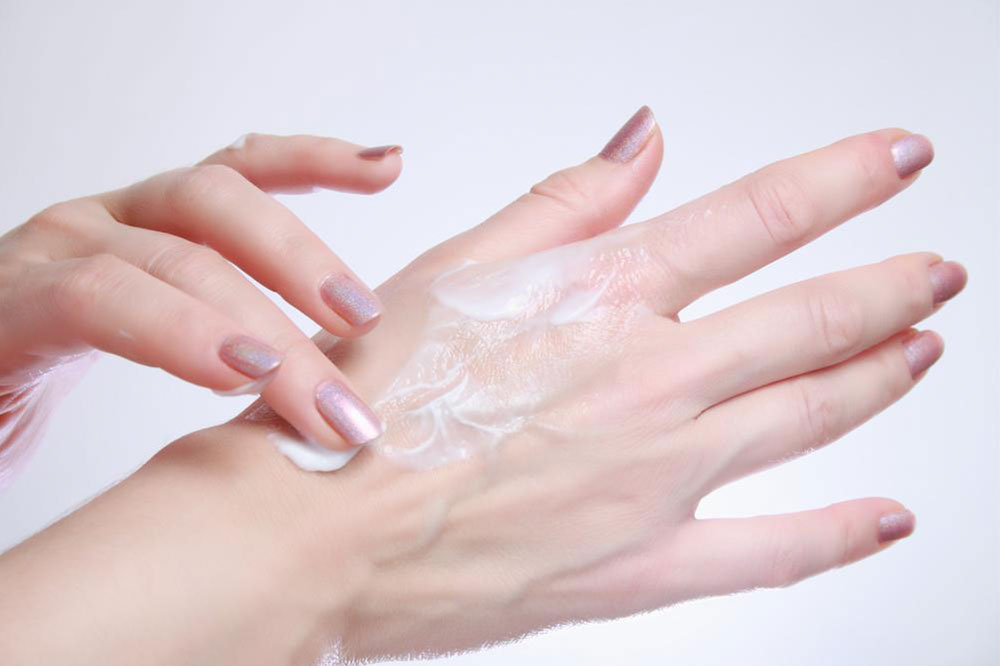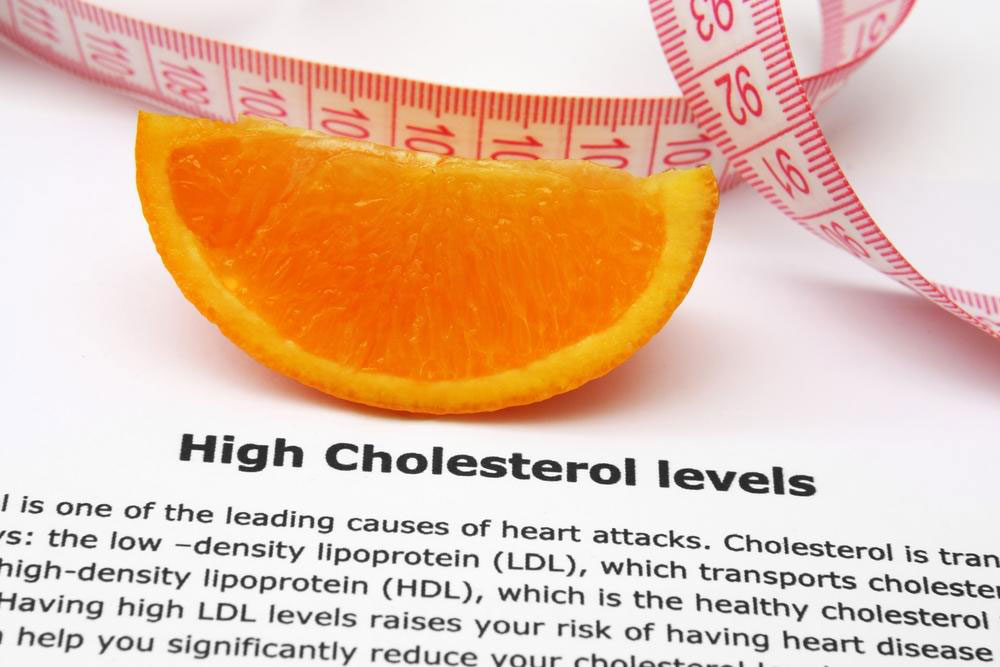Comprehensive Guide to Plaque Psoriasis Types and Treatment Options
Discover an in-depth overview of plaque psoriasis, including its various types and treatment options. Learn how therapies like topical medications, light therapy, and systemic drugs help manage this chronic skin condition. Understand the different manifestations and how tailored treatments can improve quality of life through effective symptom control.

Psoriasis is a chronic skin disorder characterized by rapid skin cell turnover, leading to thick, scaly patches on the skin's surface. The most prevalent form, plaque psoriasis, presents as dry, raised, red areas covered with silvery scales known as plaques. These patches can vary from small spots with dandruff-like flaking to extensive skin eruptions. Psoriasis often follows cyclical patterns, flaring up for weeks or months before remission. Variants include nail psoriasis, causing nail deformities; guttate psoriasis, triggered by infections like strep throat; inverse psoriasis affecting areas like the armpits and groin; pustular and erythrodermic forms, which are more severe; and psoriatic arthritis, involving joint inflammation.
Treatment aims to reduce inflammation and clear skin lesions. Options include topical therapies such as corticosteroids, which diminish inflammation and itchiness; anthralin, which slows skin cell growth but may cause irritation; and salicylic acid, which exfoliates scales and softens plaques. Light therapy, using natural or UVB light, includes treatments like UVB phototherapy, Goeckerman therapy, and laser therapy, tailored to disease severity. For more severe cases, systemic treatments like retinoids, methotrexate, or cyclosporine are recommended to suppress immune responses, though they are used cautiously due to potential side effects.
Consult healthcare professionals for personalized treatment plans. Our information serves as an educational resource and should not replace medical advice.










